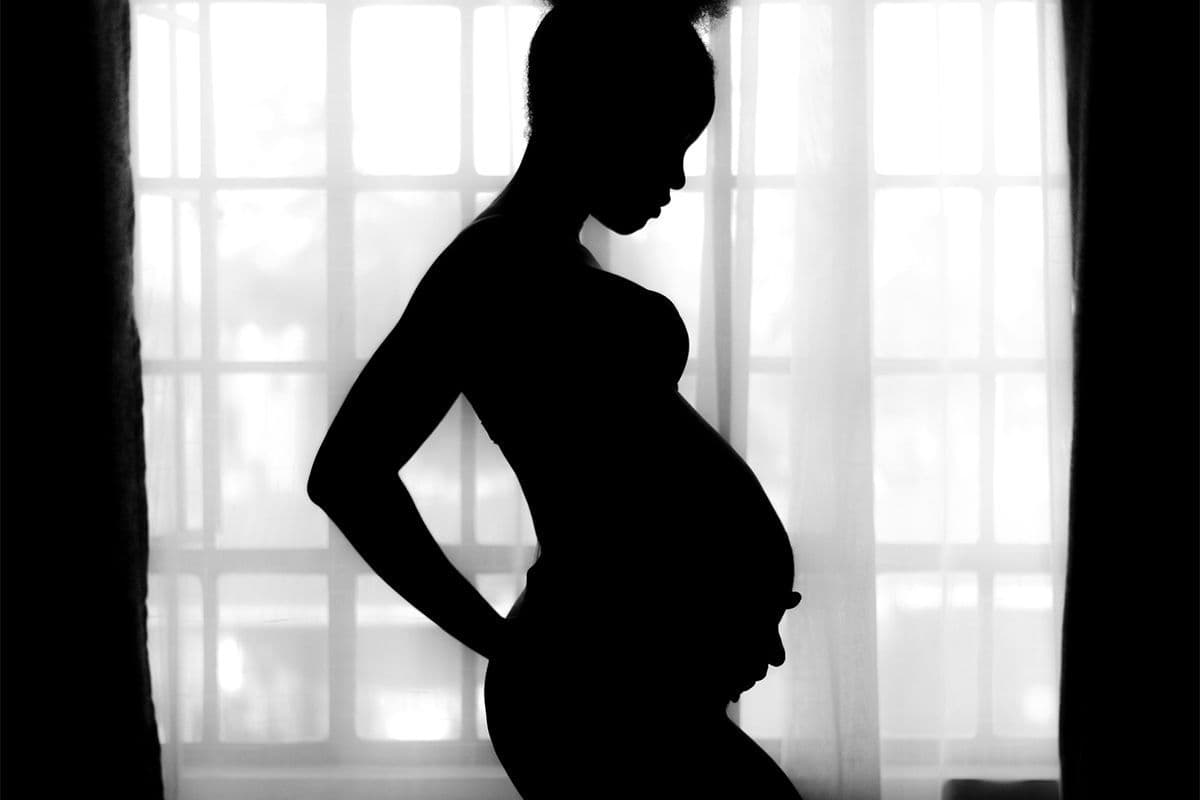Prenatal Testing for Down Syndrome
Obie Editorial Team
Like most moms-to-be, you want assurances about your and the baby’s health and you want to have the right tests done to ensure you get the information you need. That's where prenatal testing comes in. Seeing your doctor during pregnancy involves many things, but more importantly, it includes a whole list of tests to check on the mother's and the baby's health.
Prenatal testing can detect many, but not all, conditions and knowing about your baby before birth can be helpful in making decisions.
Around 11-13 weeks of the pregnancy, screening for Down syndrome is usually offered to all pregnant women. The test is known as the "first-trimester screen" or nuchal translucency test.
This test consists of two parts:
1. An ultrasound to measure the thickness of the back of the fetus' neck and
2. A blood test that detects the presence of 2 markers in a blood sample in conjunction with blood tests that measure levels of pregnancy-associated plasma protein-A (PAPP-A) and a hormone known as human chorionic gonadotropin (HCG).
These three tests are then combined to calculate the risks of having a fetus with a chromosomal anomaly. Abnormal levels of PAPP-A and HCG or an abnormally thick neck may indicate a problem with the baby. If the test shows an increased risk, additional tests such as CVS (chorionic villi sampling) or amniocentesis can be done to confirm a diagnosis.
The current nuchal screening test has a false positive rate (that is, the results suggest a problem when the fetus is, in fact, healthy) of around 3-4%.
This means many women have invasive testing, using chorionic villus sampling (CVS) or amniocentesis. Both of these procedures carry a less than 1 in 2-500 risk of causing a miscarriage.
There is now a new screening technique which is a simple blood test that involves analyzing the small amounts of fetal DNA found in the mother’s bloodstream, circulating cell-free DNA extracted from a maternal blood sample. The test can be done as early as 10 weeks of the pregnancy. It takes about 2 weeks for results to be ready and as more companies offer the test, it has become more widely available. The test detects the relative amount of 21, 18, 13, X and Y chromosomal material, so if you desire, you can find out the gender of the baby as early as 11 weeks.
After testing 1,005 women, researchers found the new technique had a much lower false positive rate (around 0.1%). This means many fewer normal pregnancies had an unnecessary invasive diagnostic test with the new test. However, in about 2% of women, the new test did not produce a result, meaning that the conventional screening technique had to be used.
For now, most professional organization recommend it only for women at risk, such as when you are 35 years or older or have other risks.









